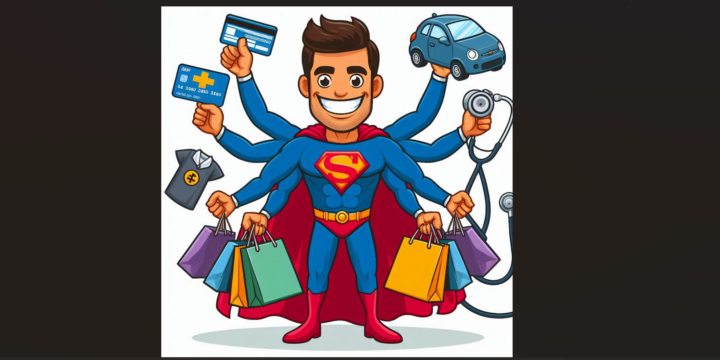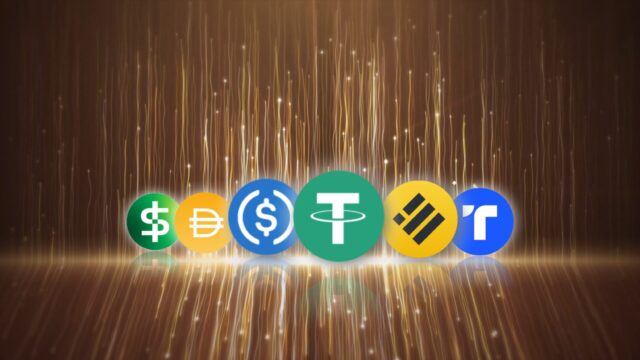Imagine a cashless future where financial transactions involve a peer-to-peer exchange of value, driven by a database of digital assets. Instead of a third party like banks, we have, let’s say, a trust protocol that defines how we do transactions and exchange money. Sounds like a distant future? Well, the future is now. Considering the meteoric rise of digital and disruptive technologies, distributed ledger technology (DLT) is poised to be a major enabler of the FinTech revolution. And, at this intersection of finance and technology where customers have become tech-savvy consumers, one of the emerging trends that are increasingly penetrating the FS market is DLT.
A new paradigm for financial transaction
So, how does it all work? A distributed ledger is decentralized in nature and maintains the entire history of transactions of all the participants, in turn doing away with the need for a central server. DLT is often associated with blockchain technology and is frequently used interchangeably with the term blockchain. However, DLT is a broader term that encompasses a range of different technologies, including blockchain.
DLT provides a definite and verifiable record of digital events, which can be changed only with the consent of the majority of participants, making the chain perpetually unhackable. Compared to a centralized single source of truth, vulnerable to hacking or data leakage, one of the key features of DLT is that it is decentralized, meaning that it does not rely on a central authority or intermediary to manage and validate transactions. Instead, transactions are verified and recorded by a network of users or nodes, and the data is stored across multiple locations, making it highly resistant to tampering, hacking, or other forms of manipulation. With a distributed ledger, each of the transactions is peer-to-peer, whether in an individual or corporate sense of the team, without the involvement of any third party to manage the process.
Be it banking, payments, insurance, or wealth management, almost every aspect of financial activity is being digitized in ways that were unthinkable even a few years back. But when it comes to distributed ledger technology, the implication for the financial industry is stupendous. This technology has numerous applications in the financial services industry, whether it is identity management, improved transfer of digital assets, payment authorization, credit processing in banking as well as enhanced management of reward and loyalty programs. The disruptive power of this technology is poised to resolve many challenges for the financial services market by enabling quicker, more secure, and transparent transactions. By storing data as digital assets and using the tamper-resistant model, financial institutions can enhance the security of the stored identity while also improving the portability of data.
The stage is set for a decentralized future
So, what are the key benefits of DLT? As the momentum for digital currencies continues to build, the driver for the growing interest in DLT lies in its numerous advantages.
- DLT enables transparency in ways that are unprecedented for both consumers as well as regulators as the blocks in the chain of networks are immutable and the data stored in the ledger can be viewed by all parties.
- By eliminating the need for intermediaries and streamlining processes, DLT can help to reduce transaction times and costs, making it an attractive option for businesses and organizations looking to improve their operations.
- Being inherently decentralized adds another layer of security by creating a reliable platform to transfer assets and perform business transactions.
The road ahead for financial services forms will be all about striking a balance between centralized and decentralized financial systems, spurred by rapid innovation while ensuring that regulatory compliances are in place. The financial services ecosystem is all set to witness an effective collaboration between centralized and decentralized systems with a strategic partnership between traditional institutions and new-age firms. As organizations decode new ways of customer engagement powered by digitization, the future will see increased adoption of digital assets for any financial transactions among consumers.
With the potential to disrupt a wide range of applications, whether via blockchain or other decentralized systems, DLT offers many benefits in terms of security, efficiency, and cost savings for organizations looking to stay ahead of the curve. While there are still challenges to be addressed, such as scalability and interoperability, the potential of DLT is undeniable. It is a technology that has the power to shape the future of digital transactions and create a more secure and transparent world.

Guest contributor Soman Dubey is the Chief Technology Officer, Fintech, APAC at Accolite Digital, an IT services firm and a digital transformation services provider. Any opinions expressed in this article are strictly that of the author.












